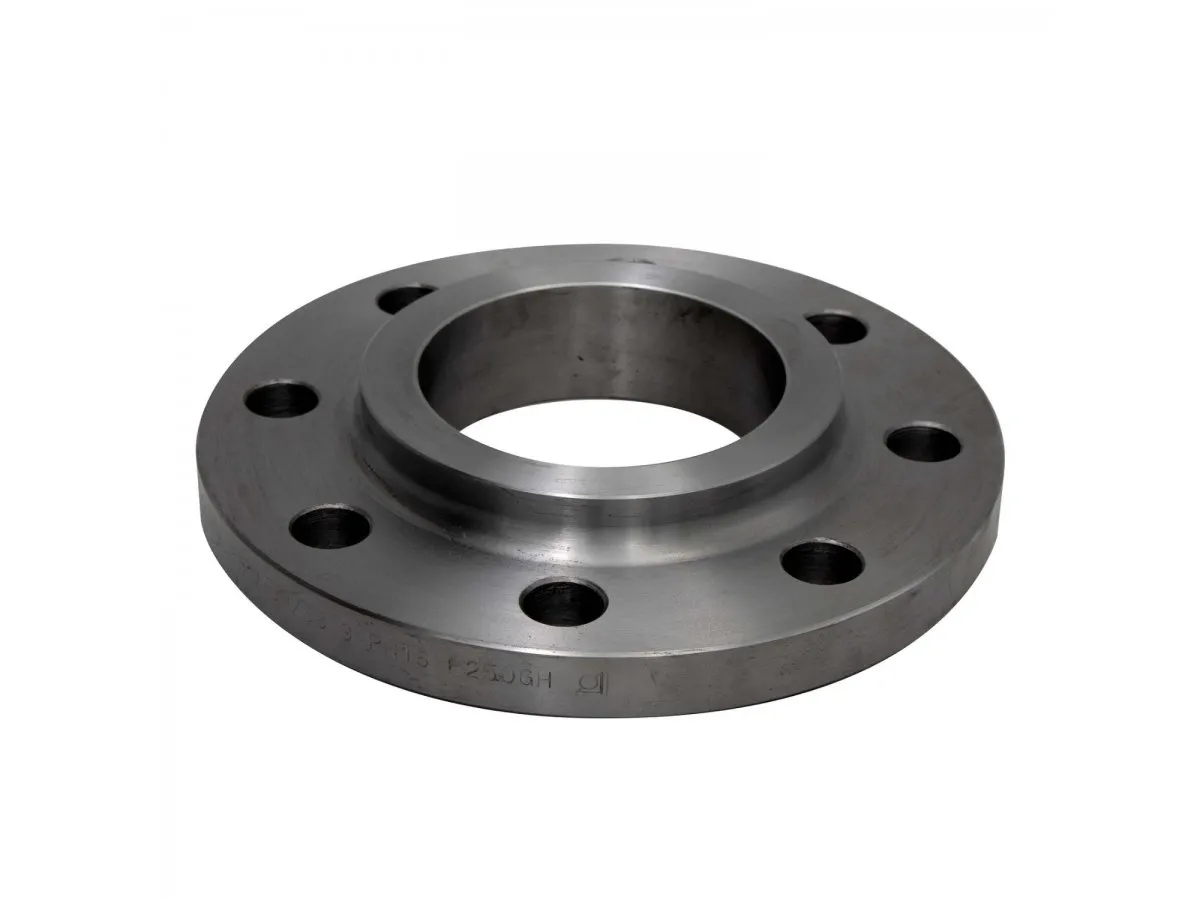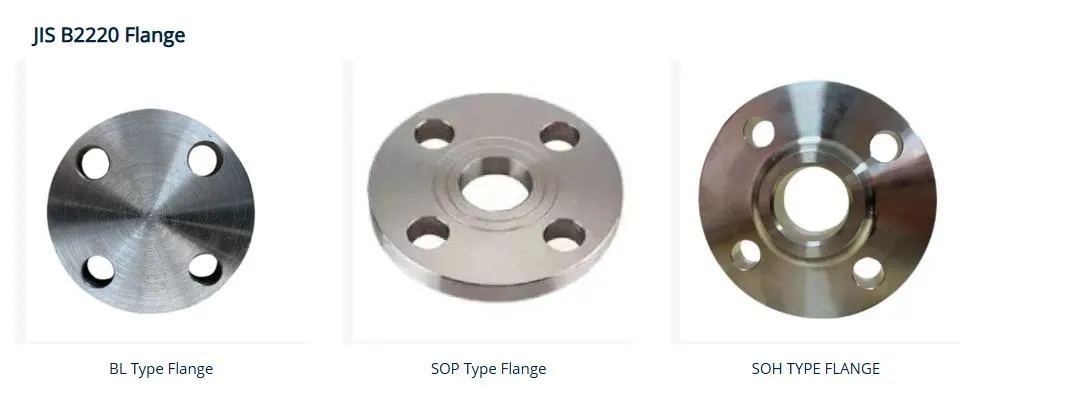-
Cangzhou Yulong Steel Co., Ltd.
-
Phone:
+86 13303177267 -
Email:
admin@ylsteelfittings.com
- English
- Arabic
- Italian
- Spanish
- Portuguese
- German
- kazakh
- Persian
- Greek
- French
- Russian
- Polish
- Thai
- Indonesian
- Vietnamese
- Zulu
- Korean
- Uzbek
- Hindi
- Serbian
- Malay
- Ukrainian
- Gujarati
- Haitian Creole
- hausa
- hawaiian
- Hebrew
- Miao
- Hungarian
- Icelandic
- igbo
- irish
- Japanese
- Javanese
- Kannada
- Khmer
- Rwandese
- Afrikaans
- Albanian
- Amharic
- Armenian
- Azerbaijani
- Basque
- Belarusian
- Bengali
- Bosnian
- Bulgarian
- Catalan
- Cebuano
- China
- China (Taiwan)
- Corsican
- Croatian
- Czech
- Danish
- Esperanto
- Estonian
- Finnish
- Frisian
- Galician
- Georgian
- Kurdish
- Kyrgyz
- Lao
- Latin
- Latvian
- Lithuanian
- Luxembourgish
- Macedonian
- Malgashi
- Malayalam
- Maltese
- Maori
- Marathi
- Mongolian
- Myanmar
- Nepali
- Norwegian
- Norwegian
- Occitan
- Pashto
- Dutch
- Punjabi
- Romanian
- Samoan
- Scottish Gaelic
- Sesotho
- Shona
- Sindhi
- Sinhala
- Slovak
- Slovenian
- Somali
- Sundanese
- Swahili
- Swedish
- Tagalog
- Tajik
- Tamil
- Tatar
- Telugu
- Turkish
- Turkmen
- Urdu
- Uighur
- Welsh
- Bantu
- Yiddish
- Yoruba

Feb . 15, 2025 15:07 Back to list
types of flanges in oil and gas
Flanges play a vital role in the oil and gas industry, providing reliable connections for pipelines, valves, and other equipment. The variety in their design, material, and functionality is essential to address the specific challenges encountered in this field, such as high pressures, extreme temperatures, and corrosive environments. Understanding the different types of flanges and their applications can significantly enhance operational safety and efficiency.
Lap Joint Flanges Lap joint flanges are used in systems that require frequent dismantling for inspection or cleaning. These flanges are not welded or fixed to the pipe; instead, the pipe end is fitted with a stub end, and the flange piece is free to rotate around it. This allows for quick assembly and disassembly without the need for persistent alignment adjustments. Lap joint flanges are ideal for systems that undergo regular maintenance and in applications where space constraints require flexible pipe layouts. Threaded Flanges Threaded flanges, also known as screwed flanges, feature a female thread within the bore that matches the male thread of the piping. This design makes them easy to install without the need for welding, making them particularly useful in high-pressure, non-corrosive environments. They are most commonly used in small-diameter piping systems where welding is hazardous or impractical. Integral Flanges Integral flanges are an intrinsic part of the equipment or the pipe and are forged directly from the material. They provide excellent strength and rigidity, making them suitable for high-pressure and high-temperature applications. Integral flange designs eliminate the need for separate joining parts, thus reducing the points of possible failure and ensuring better overall system integrity. Conclusion Selecting the appropriate flange type is crucial for ensuring the safety, reliability, and efficiency of oil and gas operations. Each flange type offers distinct advantages adapted to specific conditions and industrial needs, from the robust weld neck flanges to the flexible lap joint flanges. Understanding these distinctions and their applications underlines not only technical expertise but also emphasizes a commitment to maintaining the high standards expected in this demanding industry. As technology evolves, so too will the materials and designs of flanges, offering ever-more sophisticated solutions to meet the dynamic challenges of the oil and gas sector.


Lap Joint Flanges Lap joint flanges are used in systems that require frequent dismantling for inspection or cleaning. These flanges are not welded or fixed to the pipe; instead, the pipe end is fitted with a stub end, and the flange piece is free to rotate around it. This allows for quick assembly and disassembly without the need for persistent alignment adjustments. Lap joint flanges are ideal for systems that undergo regular maintenance and in applications where space constraints require flexible pipe layouts. Threaded Flanges Threaded flanges, also known as screwed flanges, feature a female thread within the bore that matches the male thread of the piping. This design makes them easy to install without the need for welding, making them particularly useful in high-pressure, non-corrosive environments. They are most commonly used in small-diameter piping systems where welding is hazardous or impractical. Integral Flanges Integral flanges are an intrinsic part of the equipment or the pipe and are forged directly from the material. They provide excellent strength and rigidity, making them suitable for high-pressure and high-temperature applications. Integral flange designs eliminate the need for separate joining parts, thus reducing the points of possible failure and ensuring better overall system integrity. Conclusion Selecting the appropriate flange type is crucial for ensuring the safety, reliability, and efficiency of oil and gas operations. Each flange type offers distinct advantages adapted to specific conditions and industrial needs, from the robust weld neck flanges to the flexible lap joint flanges. Understanding these distinctions and their applications underlines not only technical expertise but also emphasizes a commitment to maintaining the high standards expected in this demanding industry. As technology evolves, so too will the materials and designs of flanges, offering ever-more sophisticated solutions to meet the dynamic challenges of the oil and gas sector.
Latest news
-
ANSI 150P SS304 SO FLANGE
NewsFeb.14,2025
-
ASTM A333GR6 STEEL PIPE
NewsJan.20,2025
-
ANSI B16.5 WELDING NECK FLANGE
NewsJan.15,2026
-
ANSI B16.5 SLIP-ON FLANGE
NewsApr.19,2024
-
SABS 1123 FLANGE
NewsJan.15,2025
-
DIN86044 PLATE FLANGE
NewsApr.19,2024
-
DIN2527 BLIND FLANGE
NewsApr.12,2024
-
JIS B2311 Butt-Welding Fittings LR/SR 45°/90° /180°Seamless/Weld
NewsApr.23,2024











